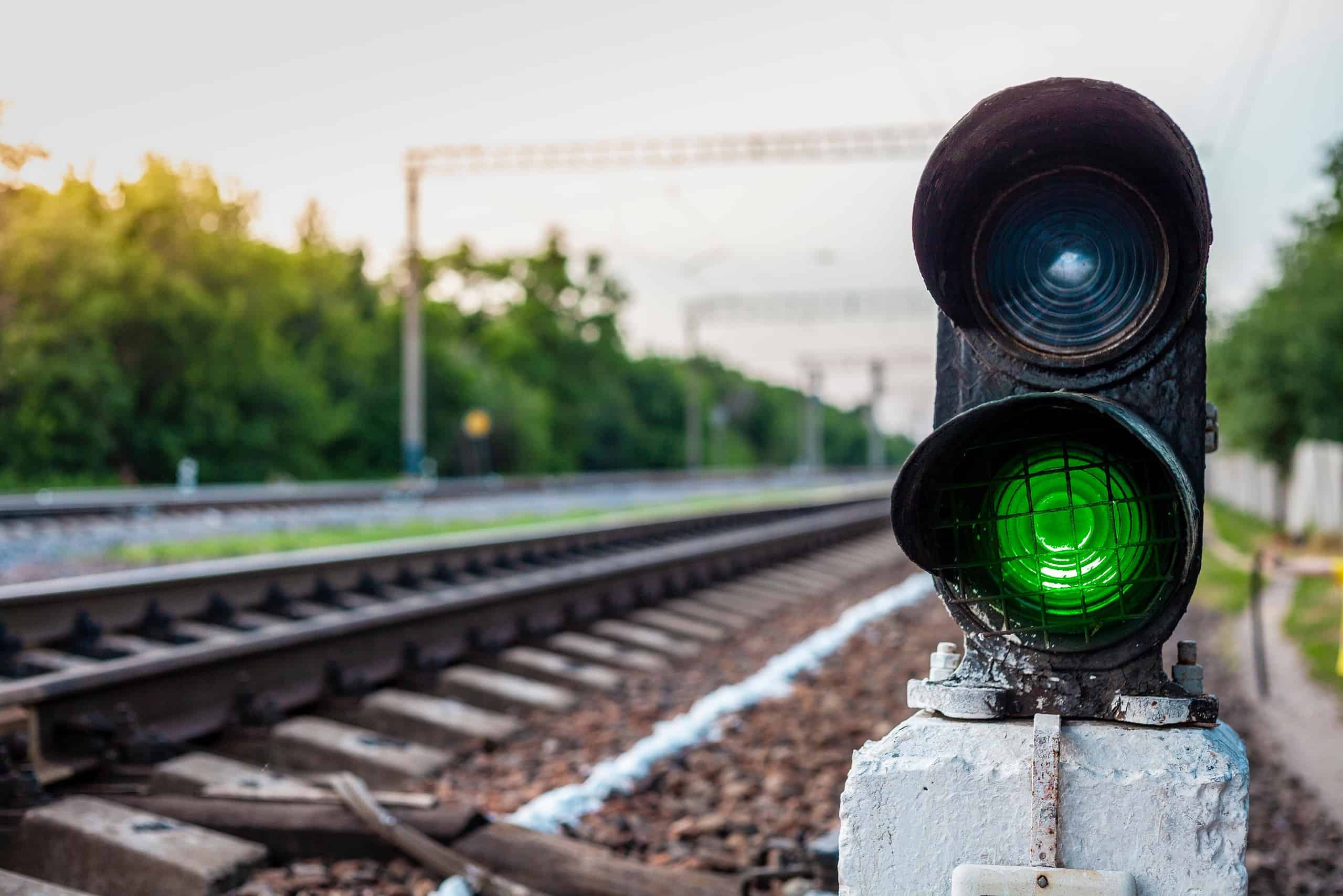Train signals can fail for different reasons, such as a power cut or blown fuse in the circuit. Now, there’s a new reason to add to the list — solar storms. Researchers from Lancaster University found solar storms can trigger magnetic disturbances on Earth, creating geomagnetically induced currents (GICs) that can interfere with train signals.

One example of this happened in Sweden during a geomagnetic storm in 1982. A signal went from green to red and then back to green despite there being no train on the track or any other need for a signal change. It was later found that a solar storm had created a geoelectric field and that the malfunction was due to GICs present in the signaling network.
In their study, the researchers modeled how GICs flow through the circuits of electrified railway lines powered by overhead cables. They used two routes (Preston to Lancaster and Glasgow to Edinburgh) and modelled how GICs induced in the rails could cause rail signaling to malfunction. There are 50,000 signaling track circuits in the UK.
“Crucially, our research suggests that space weather is able to flip a signal in either direction, turning a red signal green or a green signal red. This is obviously very significant from a safety perspective,” Cameron Patterson, study author, said. Space weather events that affect track circuits can happen every few decades, he added.
Trains and storms
Patterson’s previous research, published earlier this year, had looked at what’s known in the industry as “right side” failures. This is when the signal moves from green to red. While this is a fail-safe scenario, “wrong side” failures, which is when the signal goes from red to green, are much riskier, the researcher explained in a press release.
This latest study shows that “wrong side” failures can happen at a lower geoelectric field strength than for “right side” failures. This means that a weaker geomagnetic storm could more easily trigger “wrong side” failures. They also found that these failures could happen due to a geomagnetic storm every one or two decades.
The study also considered once-in-a-century extreme events, and the results showed that it could cause many malfunctions of both types throughout the two lines studied in both directions of travel. Cameron said that when there’s severe space weather, there’s a potential for a significant signaling misoperation, which has an obvious safety impact.
“Our research shows that space weather poses a serious, if relatively rare, risk to the rail signalling system, which could cause delays or even have more critical, safety implications. This natural hazard needs to be taken seriously. By their nature, high-impact, low-frequency events are hard to plan for,” Cameron said in a news release.
The researchers advise that space weather forecasting should be used to make decisions about railway operations if an extreme event is expected — just as a meteorological forecast is currently used. They also said that new railway technologies are constantly evolving and that new signaling systems could make a difference in the future.
The study was published in the journal Space Weather.
